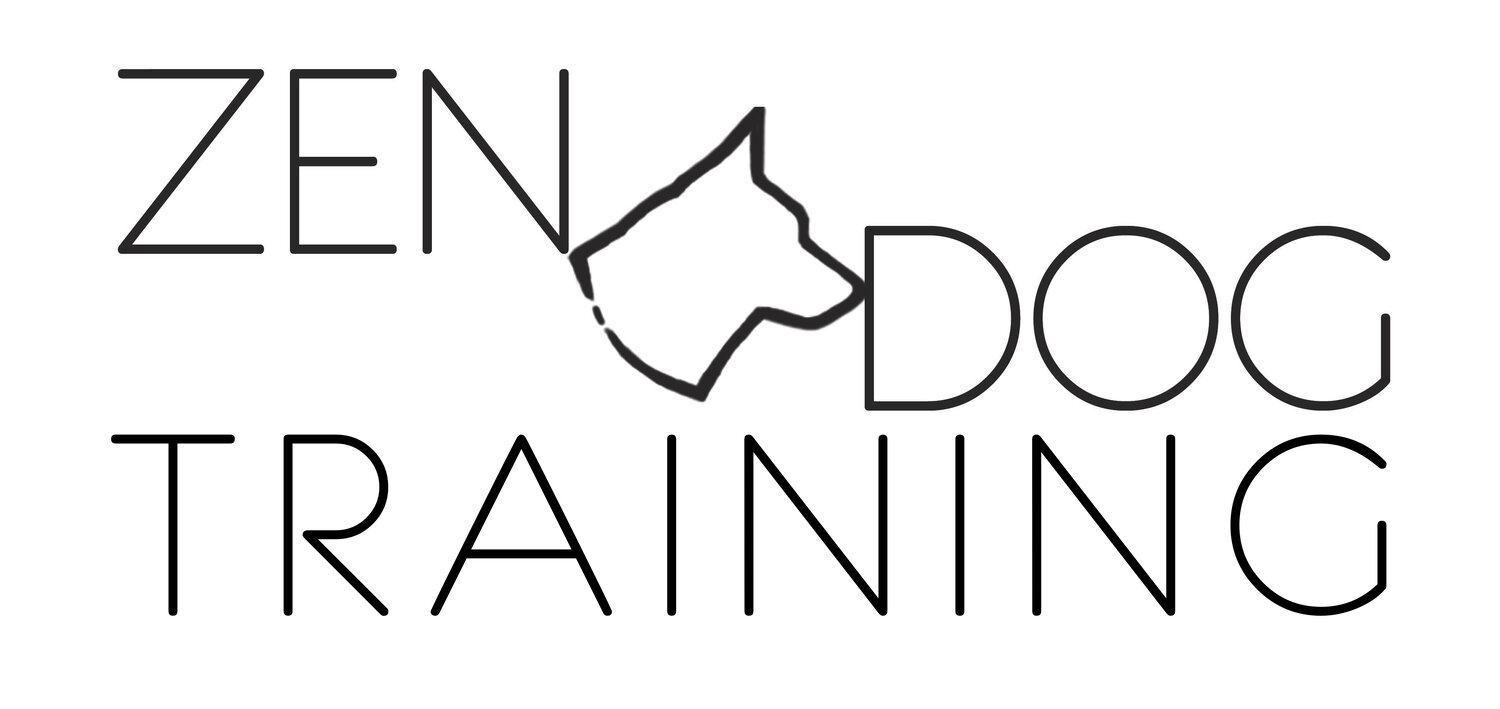The age-old complaint, “My dog only listens when I have food.”
I was volunteering this past summer for a rescue organization, handling a black lab mix-looking puppy who couldn't have been more than three months old. I was having a great time getting her to do a few basic skills for potential adopters. She clearly hadn't had any training before, and the woman who worked at the kennel where she was being boarded confirmed this. When I told her that Mandy (the puppy) had been successfully practicing Sit, Down and Paw, she said, "Yeah, well, of course she'll do that for treats."
Yes, Mandy would do all those things for treats. And lucky for us that she would, because that's what makes it so easy to train her. Why would I not use treats? If you have poor eyesight that can be remedied with prescription glasses, why not get the glasses? Yes, you'll have to wear them on your nose, and they might be cumbersome at times. But wouldn't you rather that than not be able to see? I would rather have to reinforce my dog's behavior with treats every once in a while than have to either intimidate them into compliance or just have an ill-behaved dog.
But I am, in fact, being kind of unfair to the kennel woman. We aren't referring to the same practice when we talk about using food in dog training. Debby McMullen, Certified Dog Behavior Consultant, explains that food can be used in dog training in three ways: as a bribe, a lure, or a reward. The woman from the kennel was deploring the use of food as a bribe. I am endorsing the use of food as a lure or a reward. And it's true - she's right that using food as a bribe will likely teach your dog not to listen to you unless he sees the food in your hand. And that's not good.
So in conclusion: Use food. Use it sparingly to get your dog into the position you want to reward. Then fade out the food by faking out your dog. Use the same hand motions but without food in your hand as a lure. Your dog will perform the same behavior, thinking you have food - so start to make it clearer and clearer that you have no food visible on your person as you cue him to the behavior. He will realize that not seeing food does not mean that you won't produce it out of thin air if he just does what you ask. That food magically appearing out of thin air is the reward. Reduce the frequency of the reward, but keep it present so the behavior remains strong. That's a quick description of how to correctly use food. Don't bribe your dog, and you won't teach him to expect that.
